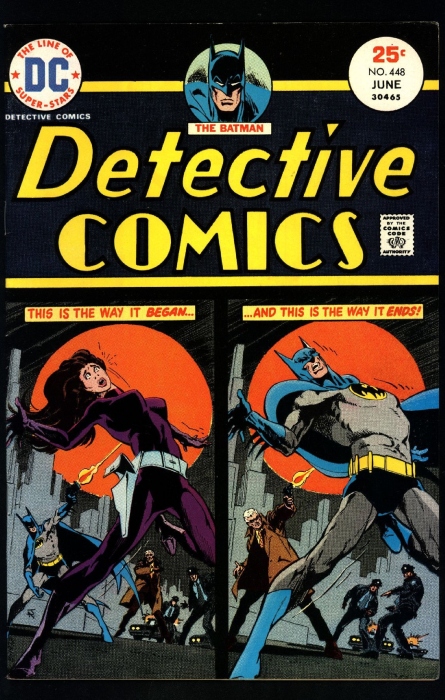In the world of American comic books, DC Comics stands as a titan. However, its origin story is a fascinating tapestry of innovation, business dealings, and creative breakthroughs. At its inception, it wasn’t a single entity but a conglomeration of several companies.
The Founding Years
The journey began in 1934 with National Allied Publications, founded by Major Malcolm Wheeler-Nicholson. The company debuted its first magazine, “New Fun: The Big Comic Magazine,” in February 1935. Remarkably, it was America’s first comic book to feature entirely original content instead of reprinted comic strips. It was in this magazine’s sixth issue that Jerry Siegel and Joe Shuster, the duo who would later create Superman, made their comic book debut with stories like “Henri Duval” and “Doctor Occult.”
The Expansion Phase
Wheeler-Nicholson added another magazine to the portfolio, “New Comics,” in December 1935. This publication later evolved into “Adventure Comics,” a series that lasted until 1983, becoming one of the longest-running comic book series in history.
His third creation was “Detective Comics,” which went on to revolutionize the comic book landscape with the introduction of Batman in its 27th issue, released in May 1939. However, Wheeler-Nicholson was not around to witness this milestone. In 1937, burdened with debt, he was forced to bring in Harry Donenfeld, a pulp magazine publisher, as a partner. This partnership led to the formation of Detective Comics, Inc., and eventually led to Wheeler-Nicholson’s departure from the company due to continuing financial issues.

The Mergers and Transformations
After Wheeler-Nicholson’s exit, what could have been his fourth title, “Action Comics,” launched, introducing the world to Superman. This comic was chosen for publication by editor Vin Sullivan and had no direct involvement from Wheeler-Nicholson.
In a strategic move, National Allied Publications merged with Detective Comics, Inc., to become National Comics. By 1944, this entity absorbed another affiliated company, All-American Publications, owned by Max Gaines and Jack S. Liebowitz. These consolidated companies became National Periodical Publications, which was the direct precursor to what we know today as DC Comics.
The Public and the Brand
Interestingly, despite the official titles like National Comics and National Periodical Publications, the brand was commonly referred to as DC Comics long before it was officially renamed as such. The company even went public in 1961.
From its early beginnings through mergers and innovations, DC Comics has transformed itself from a small publishing house into a global brand. Today, it not only contributes to comic book culture but has become an integral part of popular culture worldwide.